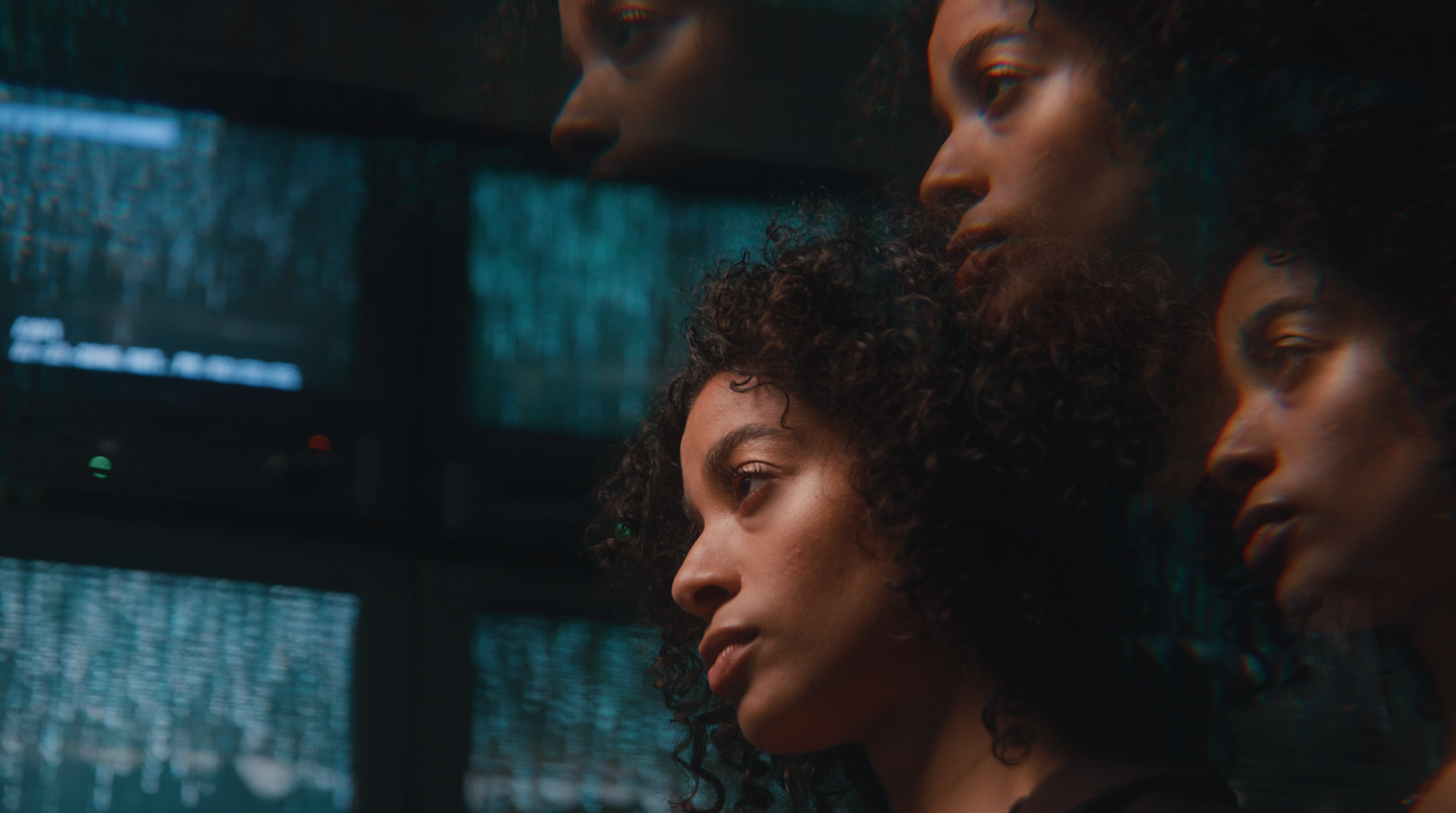
The Filmpac Ad Challenge
We know you work hard at your craft, and we want to invite you (yes YOU) to show us what you've got in our 10-day Ad Challenge!
Continue ReadingBy Kevin Graham
These days, we all know that music is an important part of the way we create content. It communicates emotions, sets the tone for each scene, and is every bit as important to your brand as the visuals themselves. In this article, we’re going to dive a bit deeper. We’re going to talk about the roles of music in video.
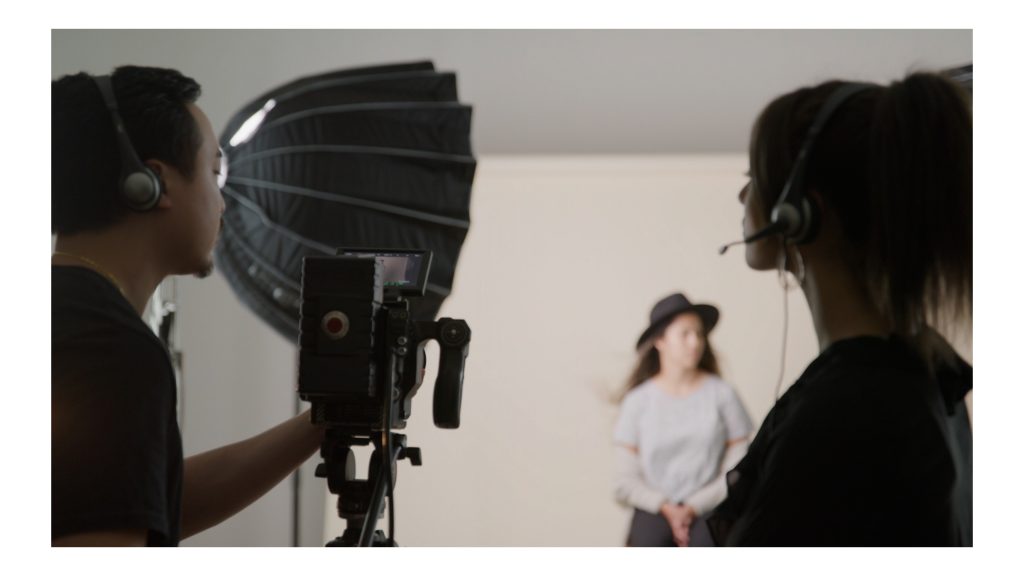
Music As An Underscore
When it comes to video content, this is one of the most popular uses of music. In fact, if you’re watching the video, it’s what you’re hearing right now: an emotive yet unobtrusive bed of music being played underneath dialogue or narration.
Maybe you need a serious song to set the mood for an emotional interview. Or perhaps a catchy, quirky jingle to go with an advertisement. Mastering the use of underscores will simply make you a better video creator.

Music As A Driver
Sometimes, when there is no dialogue or voiceover, your music needs to drive your edit. It can act as the motivator that keeps a video moving forward, like in an energetic highlight reel, or perhaps an epic travel video (you can watch the video for examples).


In cases like this, being able to edit your visuals to a steady, prominent track can save a ton of time, and even inspire brand new ideas.
Music As A Transition
The use of music can also help guide the viewer to a new scene, topic, or even a completely new mood. You’ll see this a lot in films, where music can act as foreshadowing to where the story will go (check out the cool example in the video).
Sometimes, an abrupt, unexpected cut to a new scene is intentional. But for the most part, music can be a smooth way to get your viewer from A to B

Music As An Identity
This is probably the most powerful way music is used in videos.
Think about the scores from famous movies, theme songs on popular TV shows, and even the jingles from your favorite companies. Just like a name, character, or logo, music is an essential part of these brands.
Just try to imagine Star Wars without its music – it would be almost unrecognizable!
This doesn’t work for every type of video, but if you’re creating lots of content for a single brand, consider the idea of building music into the brand itself.
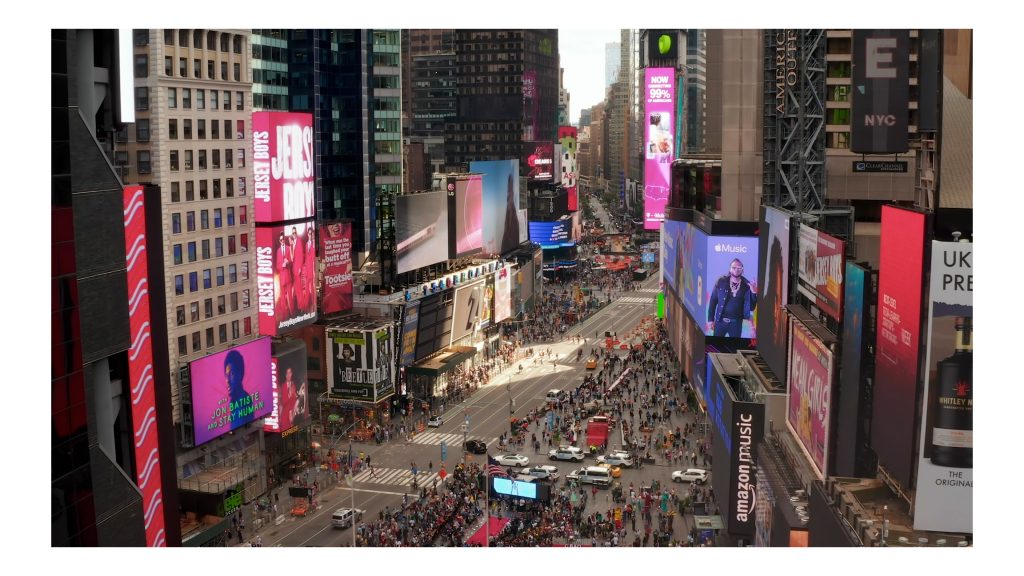
As you can see, music is a powerful and versatile tool that can play many different roles in your videos. And if you’re looking for that perfect song for your next project, be sure to check out our comprehensive library of stock music, with new tracks added every week.

Hopefully, this video got you thinking about the roles of music in video, and hopefully you learned a thing or two that you can apply in your next project!

Kevin is the Music Director and Lead Composer at Filmpac.

We know you work hard at your craft, and we want to invite you (yes YOU) to show us what you've got in our 10-day Ad Challenge!
Continue Reading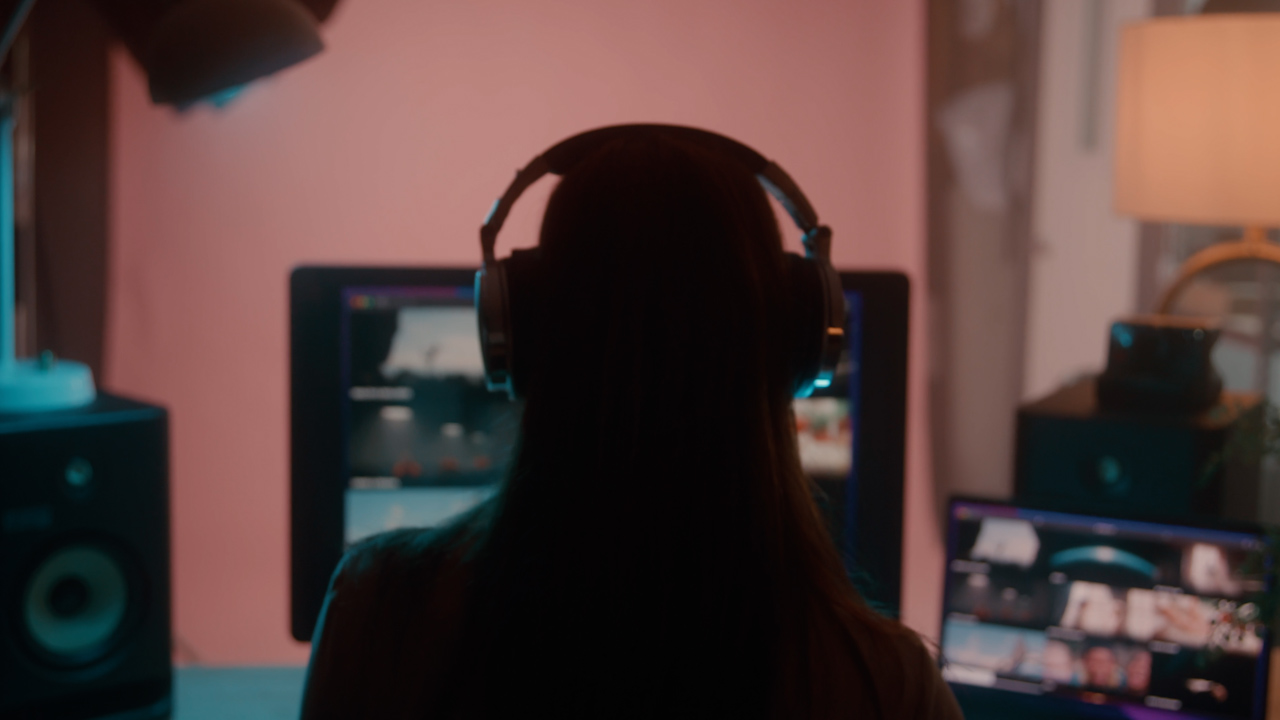
When it comes to professional video editing in the 2020s, two powerful software options stand out: Adobe Premiere Pro vs. DaVinci Resolve.
Continue Reading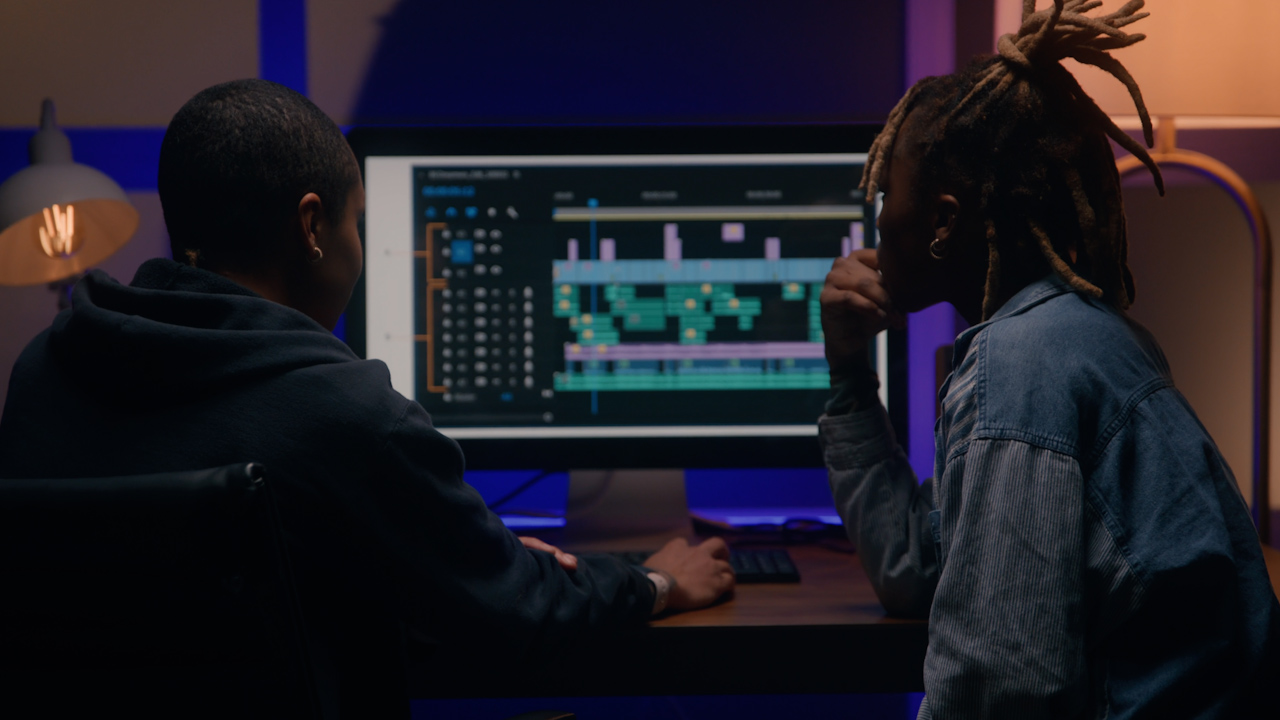
As content creators, the computers we use to edit our videos are just as important as the cameras we use to film. Here are our favorites.
Continue Reading
By far, the two most common frame rates in modern American video editing and production are 24fps and 29.97fps. Here's the difference.
Continue Reading
Filmpac’s newly-designed Project Feature is a powerful tool for collaborative video editing. Here’s a quick rundown of how it works.
Continue Reading

One of the most difficult parts of being a professional filmmaker is effectively managing and budgeting your time.
Continue Reading
Want to make money selling footage through a major stock footage platform like Filmpac? This page will walk you through the processs.
Continue Reading